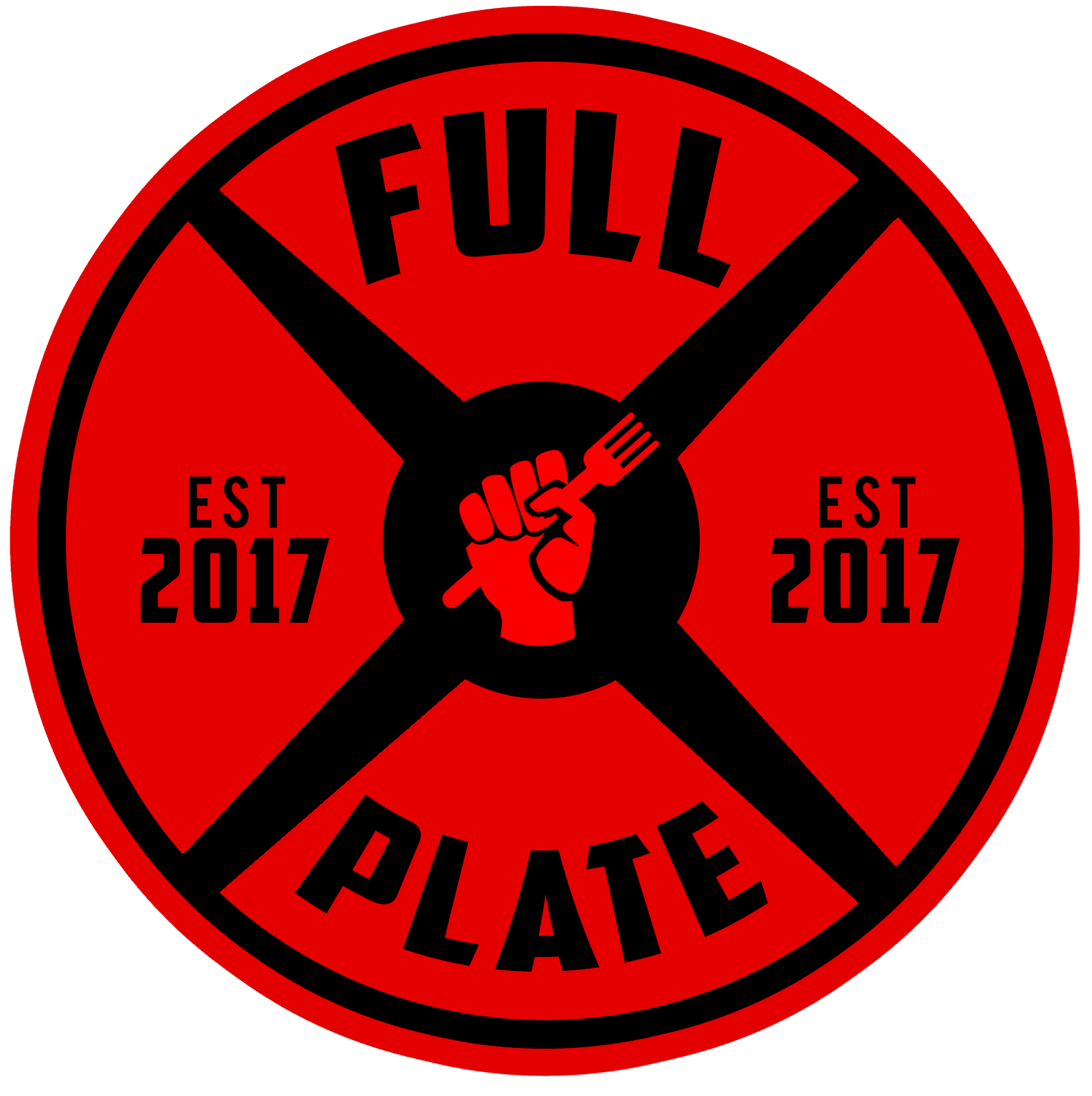
Food Quality, Organics, Grass-Fed: What the Research Actually Says
Our perspective:
If your goal is better health and a lower environmental impact, the biggest wins are simple: eat more plants, waste less food, and cut back on unprocessed red meat. Choosing organic or grass-fed can add benefits, but they’re modest compared with those bigger habits.
Organic produce often has lower pesticide residues and sometimes more antioxidants, but the vitamin and mineral differences are minimal. The health advantages are possible but not dramatic.
Grass-fed beef and dairy usually have a slightly better fat profile, though the amounts are small compared to eating fish. From a climate perspective, grass-fed generally has a higher footprint than conventional beef.
Industrial farming made food abundant and affordable, but the trade-offs include antibiotic use, fertilizer runoff, and local air-quality concerns near large facilities.
A fully organic or grass-fed food system would require major diet changes and less waste. A mix of farming systems, plus smarter food choices, is the more practical path forward.
What “organic” and “grass-fed” actually mean
Organic crops: grown without most synthetic pesticides/fertilizers; organic pesticides are allowed; GMOs are excluded.
Grass-fed (beef/dairy): animals eat forage; “grass-finished” means no grain at the end. (Labels vary by country.)
Nutrition: how different are the foods really?
Pesticide residues: Conventional produce more often contains detectable residues, but regulators consistently find levels are typically below safety thresholds. Organic has fewer and lower residues on average. If you want the lowest residue exposure, organic helps.
Nutrients: A 2012 Stanford/Annals meta-analysis found no consistent vitamin/mineral advantage for organic; a later meta-analysis reported higher antioxidant/polyphenol levels in organic crops. Translation: vitamins look similar; some plant “defense” compounds may be higher in organic.
Health outcomes: A large French cohort linked higher organic intake with lower overall cancer risk, but it’s observational (healthy-user bias possible). Good signal, not proof.
Meat & dairy (grass-fed/organic vs conventional)
Fatty acids: Grass-fed beef and organic milk/meat show higher omega-3s/CLA and better omega-6:omega-3 ratios. Helpful, but the absolute omega-3 dose is modest compared to fish.
Antibiotic-resistant bacteria: Organic/antibiotic-free systems reduce certain resistance risks on meat. Still, proper cooking and handling dwarf label differences for foodborne illness risk. (Broader resistance pressure is a system-level issue; see below.)
Industrial farming: why it exists, and what it costs
Productivity & affordability. Mechanization, synthetic inputs, breeding, and high-density animal production dramatically increased yields and lowered food costs, feeding cities and freeing labor. FAO/WRI and others expect significant demand growth; higher productivity is part of meeting it.
Antibiotic resistance (AMR): Any antibiotic use (people or animals) drives resistance. The FDA reports medically important antibiotic sales for U.S. livestock have fallen ~37% since 2015, but volumes remain substantial; CDC tracks food-linked resistant outbreaks. This is a public-health priority.
Water quality (nitrates): Fertilizers and manure elevate nitrates in groundwater; EPA’s drinking water limit is 10 mg/L to prevent infant methemoglobinemia. Elevated nitrate zones are common in ag regions.
Local air quality near CAFOs: Emissions (ammonia, H₂S, particulates) correlate with acute BP increases and respiratory/quality-of-life impacts among nearby residents in repeated-measures and review studies. Community-level data are growing, but not every site is the same.
Environment: organics, grass-fed, and the planet
Yields: Organic yields average ~20–25% lower across crops (big variation by crop and practice). Diversification and good management can narrow the gap. Lower yields usually mean more land to produce the same food.
Impacts: Meta-analyses show organic tends to use less synthetic energy and pesticides and supports higher on-farm biodiversity, but per-unit land use is higher (and sometimes eutrophication potential too), especially when yields lag.
Across foods, ruminant meat (beef/lamb) has the highest climate and land footprint per serving; plant foods are dramatically lower.
Grass-fed vs grain-finished: New U.S. modeling in 2025 found grass-fed beef typically has a higher carbon footprint than conventional feedlot beef because animals take longer to finish and emit more methane; some grazing systems can be better for biodiversity and soil, but the climate case is not stronger overall.
Can we feed everyone on organic and grass-fed alone?
A Nature Communications scenario analysis concluded: a mostly organic world is possible only if we reduce food waste, cut feed crops, and shift diets toward less animal protein; without those changes, land use and imports spike. WRI reaches similar conclusions. For beef specifically, going all grass-fed would require vastly more pasture in most regions.
